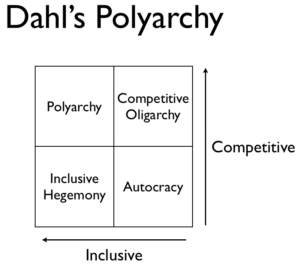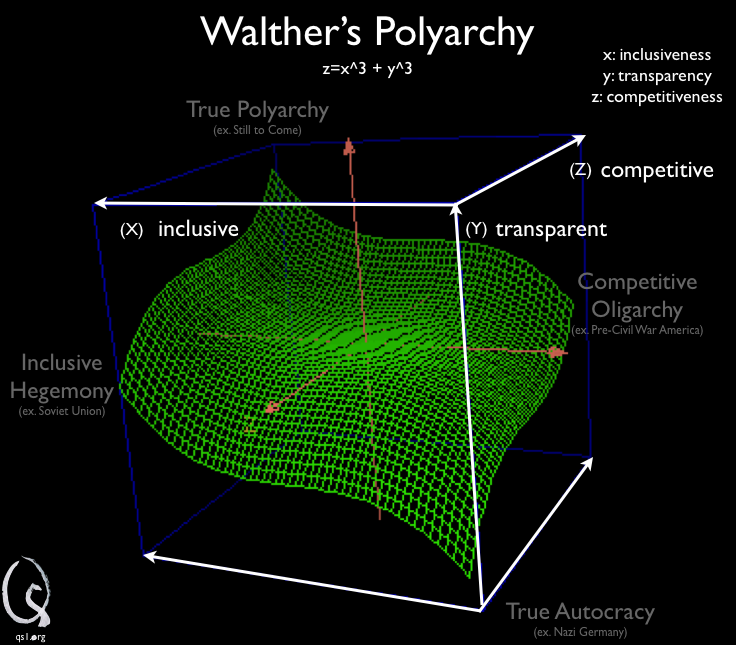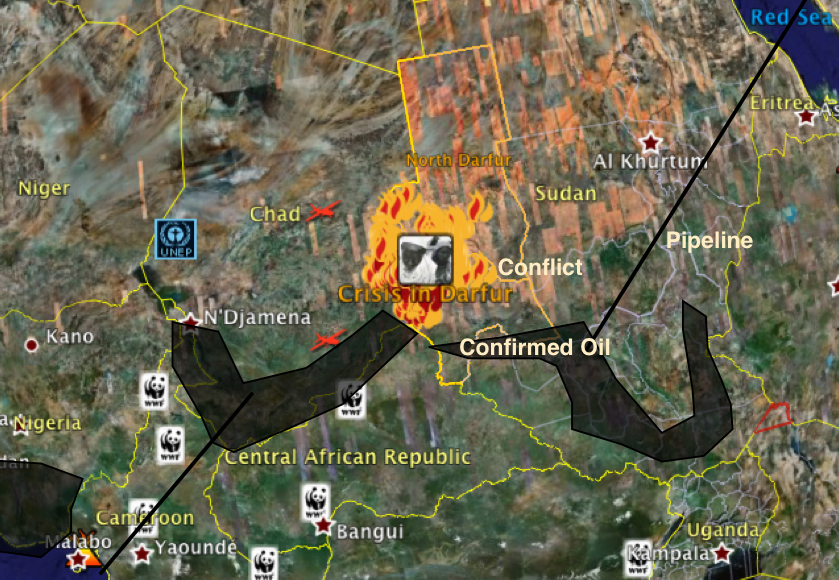Israel’s invasion of Gaza appears to be one final attempt to weaken Hamas and assassinate specific leaders before Obama comes into office and restarts the peace process. The wisdom of this strategy will be fodder for much analysis in the future but both recent history and biblical prophecy indicate this course of action is unwise.
Lessons from Lebanon
The Lebanon War of 2006 should have taught Israel two lessons. First, destroying Hezzbollah would require an unacceptable amount of civilian casualties. Second, it is militarily impossible for Israel to prevent Hezzbollah from launching missiles into Israeli territory. For now, Hezzbollah’s rockets aren’t capable of causing extensive destruction, but within a decade their rockets could accurately target population centers, essential infrastructure and even be armed with nuclear warheads. Indeed, it’s clear that global trends such as nuclear proliferation, weapon miniaturization and the increasing sophistication of terror networks are making it more likely that a weapon of mass destruction is detonated in Palestine. Unless we want to go through a very unpleasant ‘end of the world’ experience, we need to focus on reversing those trends. One of the most important places to start that work is Gaza.
Hamas in Peril
Even before Israel’s recent offensive, Hamas was in peril. When Hamas took control over Gaza, and Fatah over the West Bank, the two territories began down different paths. Gaza became more belligerent towards Israel has suffered economic isolation and a collapsing security situation. The West Bank, on the other hand, became less belligerent and has seen economic and security benefits. The people of Gaza want their quality of life to improve like their West Bank brethren and, slowly but surely, have been applying pressure on their leaders to deliver results. This places Hamas between a rock and a hard place: peace, prosperity and hypocrisy or war, famine and authenticity. No doubt, savvy politicians within the Gaza ruling class understood this calculus and were preparing for a variety of contingencies, some of which included a more peaceful relationship with Israel. Unfortunately, Israel’s invasion has sent everyone back to battle stations.
Israeli Objectives
The only way Israel can make sure Hamas doesn’t launch more rockets into Israel is the extermination of Hamas. That effort would require a lengthy occupation and genocidal tactics. The vast majority of Israelis are not interested in operating a 1.5 million person prison in Gaza, nor are they interested in employing the same ghastly practices used against their own during World War Two. Thus, Israel’s objectives are more limited and more simple: they wanted to modify the situation in Gaza before the next attempt at peace. The Jewish people are destined to pursue peace in the Holy Land.
A Very Brief History of the Jewish People
Many different African peoples were enslaved in America, creating a collective African-American identity that flourished after emancipation. Likewise, many different peoples of Middle Eastern descent were enslaved by the Ancient Egyptians and, of those slave, the ones who liberated themselves during Exodus collectively identified as Jews. (The percentage of those slave who were descendants of Abraham should be directed towards a geneticists.) Great leadership, cultural synergies, strategic location and (possibly) a unique ability to schmooze, allowed the Jewish people to spread across the Mediterranean world and flourish. Their dream of a homeland, however, has never been realized for very long. Since Exodus, Palestine has been hotly contested and larger rivals such as the Persians, Greeks and Romans to name a few, kept the Jewish people circulating around the world. Many Jews who made their homes in foreign lands lived as merchants operating important trade routes. Trade creates wealth, peace and tolerance, making the Jewish diaspora an essential agents of peaceful human integration. Thus, it seems only fitting, perhaps even Biblical, that the Jewish people, having acquired a homeland after surviving an industrialized genocide, are asked to share their nation with one of the only peoples in the world still without one. The Jewish people cannot reject the Palestinians; sharing the land is not just the right thing to do, but also destiny as described by the prophecies within Revelations. (Seriously: is there a better arbiter of destiny than Revelations?)
Reevaluating Revelations
A simple interpretation of revelations is that all the Jews must return to the Land of Israel. Since it seems unlikely that an evangelical theocracy emerges to forcibly emigrate all the world’s Jews into Israel, there is only one other option: everyone must become a Jew and everywhere must become the Land of Israel. Globalization has been advancing this goal for centuries and the realization of this prophecy is finally upon us.
The Jewish Destiny
All of the world’s people must transition away from an ethnocentric world view of racial/cultural/national difference and towards an inclusive human union. The Jewish people have the honor of being the first to show others how it can be done. We’re all part of a single, 200,000 year old human family that has fractured into smaller collective identities we call ‘nations.’ As the direct descendants of Abraham, the ‘father of nations,’ the Jewish people are compelled to facilitate the emergence of a single human nation by sharing their homeland with others. Indeed, the forces of global union have aligned around Jerusalem. The conflict between Israelis and Palestinians will only be resolved once an international government rules Jerusalem, allowing both peoples to live peacefully within it’s ancient walls.
Biblically Speaking
The emergence of international governance, first in the land of Israel and then throughout the world, is an ‘end of days’ scenario that could bring heavenly peace if human rights are cherished by a confederated ‘one-world’ government or hellish slavery if a central force is established with the capacity to oppress us all. Only you can decide which scenario is advanced by the recent actions of the state of Israel.



